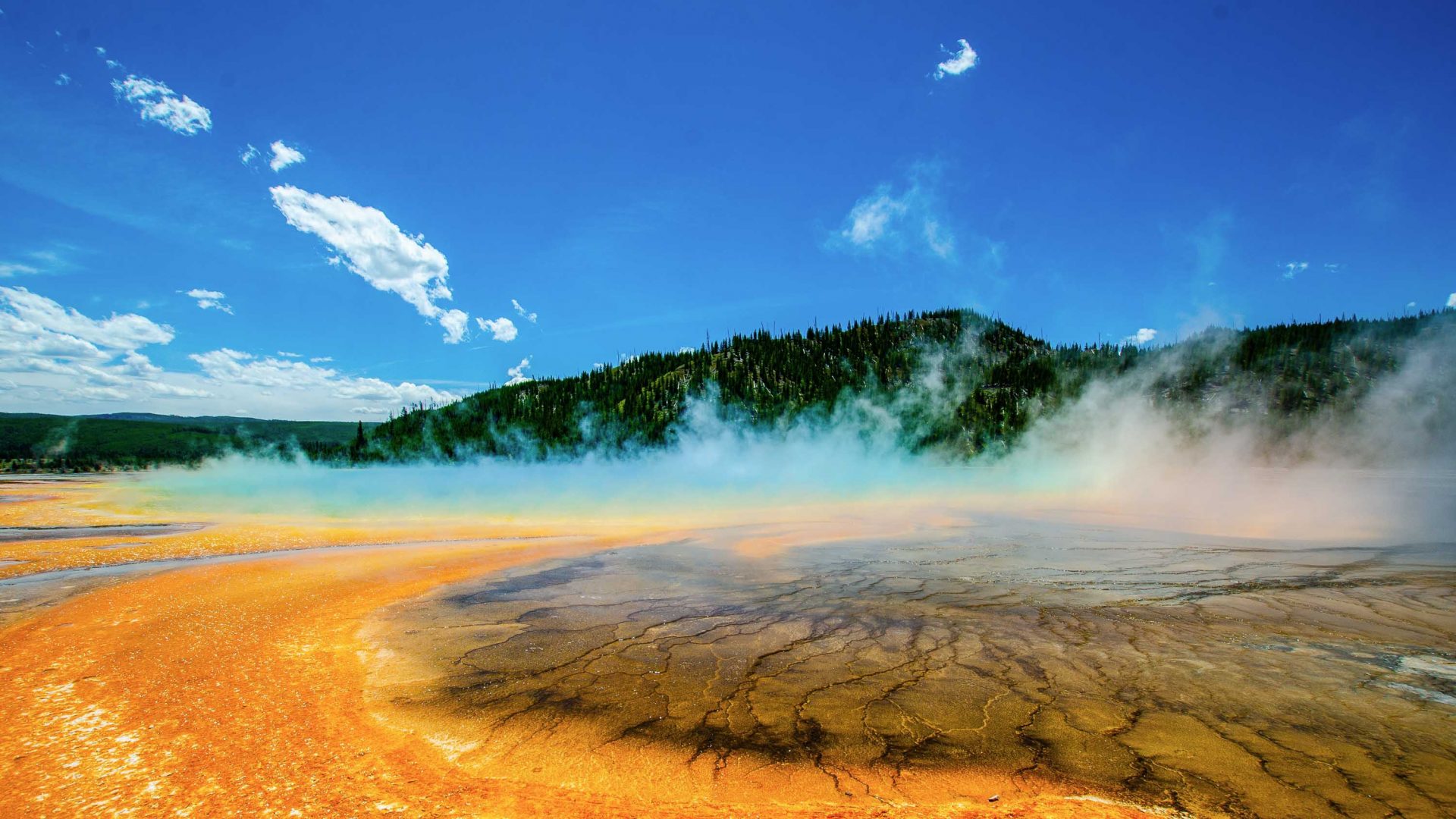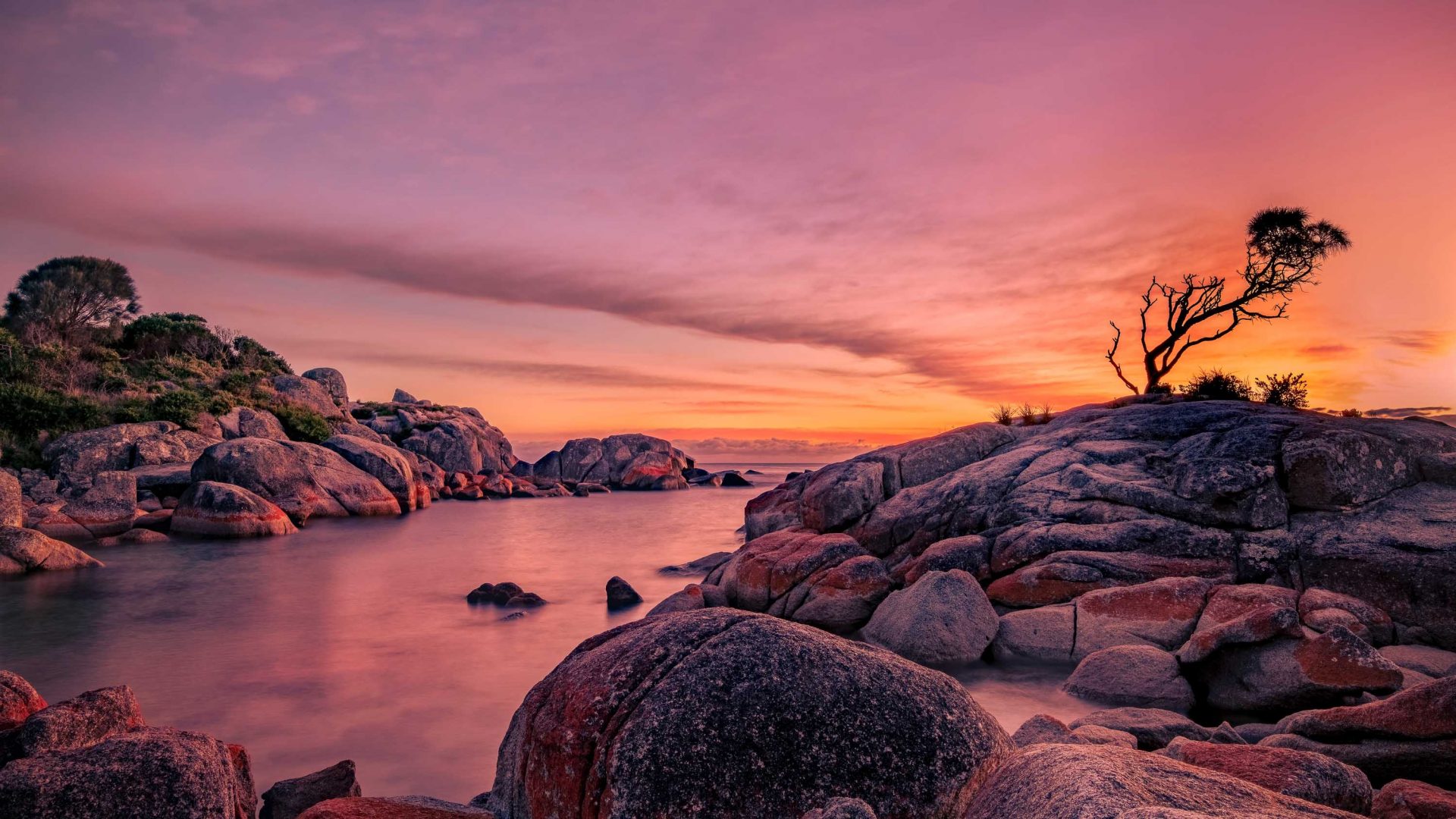In Southwest Utah, two mesas rise up like a pair of small ears on the horizon. The twin flat-topped hills that give Bears Ears National Monument its name are sacred to the native people in the region, who, on June 18, signed an agreement to co-manage it with the US government.
The United States Bureau of Land Management and the US Forest Service signed the cooperative agreement with representatives from the Navajo Nation, Ute Mountain Ute Tribe, Hopi Tribe, Pueblo of Zuni, and the Ute Indian Tribe of the Uintah and Ouray Reservation.
The agreement is essentially a commitment by the Forest Service and Bureau of Land Management to make a good faith effort to include tribal leadership in all decisions about how the 1.36 million-acre area is stewarded and codifies a procedure for them to do so. The federal agencies still hold ultimate decision-making power, but the agreement creates a framework for communication between the federal government and the tribes. That framework includes annual and quarterly meetings and a timeline for getting tribal input in planning processes and execution.
The Bears Ears Coalition, which comprises one representative from each of the five tribes, was created when President Obama first established the monument in 2016, recognizing the significance of Bears Ears to the first inhabitants of the land. Not even a full year later, President Trump reduced the monument by 85 percent, and the Commission’s role.
This fall, President Biden used restored Bears Ears to include a slightly greater area than Obama had initially granted and the Bears Ears Commission’s authority.
RELATED: Can conservation and tourism coexist on Shoshone land?
It’s not land back, but the agreement gives the area’s original inhabitants more say over what happens on culturally-significant public lands than any existing arrangement with the US government. Leaders of the tribes hope it can serve as a model for managing other culturally significant sites on federal land.
“Some of the things that we’re doing are portable to many other entities in Indian country, and in some ways they can provide a paradigm for other BIPOC [Black, Indigenous and people of color] groups,” Pat Gonzales-Rogers, executive director of the Bears Ears Inter-Tribal Coalition, told the Washington Post.
There are a number of such contested sites across the US and across the globe. Historically, places like national parks and national monuments were established by forcefully removing the tribes that had stewarded that land for generations. In recent decades, we’ve seen policies that nominally undo this legacy.
In Arizona, conflict over expanding the Snowbowl ski resort, which is built on Forest Service land on Arizona’s highest mountain, is just one example of the uphill battle many tribes still face when they try to have a say over their sacred land.
Members of more than a dozen tribes pray to the mountain, which they call Nuva’tukya’ovi, for water. They say that the Snowbowl is desecrating the sacred site, and cutting off their prayers.
RELATED: How can we decolonize our travels?
Most offensive to the tribal members is the artificial snow that the Snowbowl makes on Nuva’tukya’ovi to supplement the snowfall that is meager and unreliable in the area. Snowmaking is done with reclaimed sewage water, which preliminary testing shows contain traces of hormones, antibiotics and pharmaceuticals that linger in the soil.
The Forest Service is currently considering a plan to further develop the Snowbowl, which already sees upwards of 3,000 visitors a day during peak season. Deliberations on the expansion were paused when tribes found that the resort had failed to comply with their existing lease.
Similar to the tribes of the Bears Ears Commission, members of the Arizona tribes are pooling their resources and speaking as one. The future of the Snowbowl and Nuva’tukya’ovi remains uncertain, but so far this unity has made their voice harder to ignore.
The Bears Ears Commission is worth celebrating, and its successes and failures could inform tribal-governmental co-management relationships in years to come. But for now, the Department of the Interior and Forest Service have a long way to go to rectify the colonial legacy built into public lands management.









